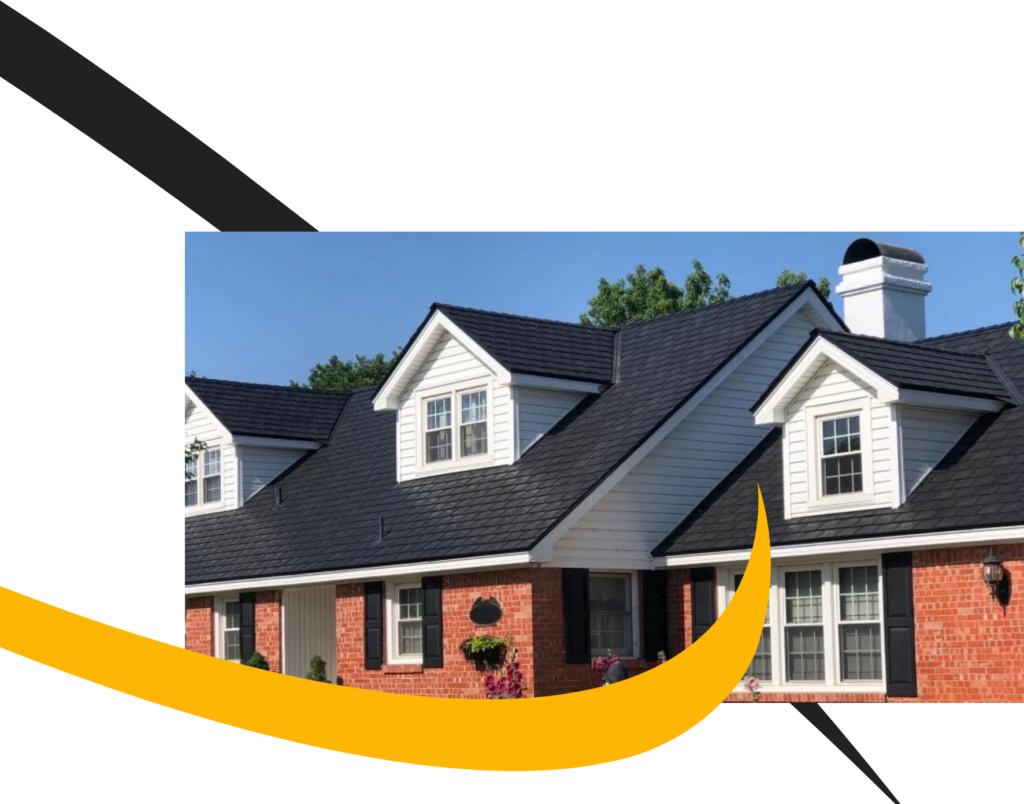Rubber roofing
Rubber roofing is one of the most popular choices for both commercial and residential properties. It is durable, weather-resistant, and easy to install. Rubber roofing comes in a variety of colors and thicknesses, so you can choose the option that best fits your needs. Whilst asphalt roofing are exposed to moisture more easily, the eco-friendly rubber roofing is a most for a long lasting roof!
What rubber roofing is
Rubber roofing is a type of roofing material that is made from rubber. Rubber roofing has many benefits, including being durable, weather resistant, and easy to install. Rubber roofing is a great choice for both residential and commercial properties.
Rubber roofing is a type of roofing material that offers many benefits over traditional roofing materials such as asphalt or metal. Rubber roofing can be made from three different types of rubber: natural, synthetic, or recycled.
Natural rubber is derived from the sap of plants.
Synthetic rubber is made through chemical processes.
Recycled rubber comes from used tires and other discarded products.
How it’s made
Recycling old tires to make rubber roof shingles or rolls is a process that involves removing any steel and nylon threads from the tires, as well as grinding up the hard rubber pieces into smaller chunks. These pieces then get fed into a granulating machine, where they are separated by size. Overall, this recycling process helps to conserve resources and reduce waste, making it an environmentally-friendly option for anyone looking to update their roof. So whether you’re looking for durable and reliable shingles or lightweight rolls, recycling old tires is a great way to ensure you get the most out of your roofing materials.

A Comparison with traditional roofing
Rubber roofs are not only cost-effective, but they’re also environmentally friendly. These provide not just an ecologically beneficial option, but also because of their durability and flexibility, you can travel to areas that asphalt shingle roofs would be unable to reach. This makes it an ideal choice for those who are looking for a long-lasting and low-maintenance roofing option.
Asphalt shingle roofs are not as environmentally friendly because they are made from petroleum products. Asphalt shingle roofs are also not as durable as rubber roofs and require more maintenance. On top of that, rubber roofing is perfect against moisture, which is a problem for a traditional roofing. Rubber roofing is the best option.
The benefits of rubber roofing
Rubber roofs are energy efficient because they reflect heat away from the building in summer and keep heat in during winter. Rubber roofing is available in a variety of colors, including black, brown, and gray. Rubber roofing is a Fire resistant material and can last up to 50 years with proper maintenance
STYLE
While rubber shingles used to be available in only a limited range of colors, manufacturers now offer a wide variety of shades and textures that can mimic the look of more traditional roofing materials. As a result, it is now possible to achieve the sought-after look of stone slate or wood shake without the hefty price tag. Rubber shingles are a type of roofing material that is made to look like more expensive materials such as stone slate or wood shake.
It’s durable and environmentally friendly
Rubber roofing is made from recycled plastic and tires, which helps to reduce waste that would otherwise end up in landfills. Rubber roofing is also recyclable, further diverting waste away from landfills. In addition, rubber roofing is all-around durable, fire-resistant, and impact-resistant. This makes it an ideal choice for those who are looking for a long-lasting and low-maintenance roofing option.
Low Maintenance
Rubber roofing provides an excellent shield against moisture, but if maintenance is required it is often a painless process, many times requiring only the re-application of sealant. Rubber roofs are durable and long lasting, but they can become stained or discolored over time. In addition, you should be sure to check for black mold spots and grime buildup, as these can adversely affect the appearance of your roof. With proper care and maintenance, your rubber roof will provide years of trouble-free service.
A Solid Roof
Rubber roofs are solid against weather and storm. They can last up to 50 years with proper maintenance, which makes them a great choice for those who are looking for long-lasting protection for their home. Rubber roofing is also environmentally friendly because it is made from recycled materials.
Light Weight
Rubber roofing shingles are much lighter than traditional roofing materials, making them easier to transport and install. In addition, rubber shingles are less likely to crack or break during installation, which can save you time and money.
How much
Rubber
roofing costs
Rubber roofing is a popular choice for commercial and industrial buildings because it is durable and easy to install. Rubber roofing costs anywhere from $1 to $12 per square foot, depending on the thickness and quality of the material.
The final cost of rubber roofing will largely depend on the specific material you choose and the thickness of that material. The installation process also plays a role in pricing; if the installer needs to use glue or screws, the cost will be higher than if they can simply lay down the roofing material. However, regardless of the final cost, rubber roofing is an investment that will pay off in the long run.
EPDM: 10$ to 14$ per square foot
PVC: 20$ to 25$ per square foot
TPO: 14$ to 20$ per square foot
Rubber shingles: $15 to $20 per square foot
However, it is important to remember that rubber roofing will last much longer than other types of roofing, so it is actually a more cost-effective option in the long run. When comparing different types of roofing, be sure to factor in both the initial cost and the expected lifespan to get the most accurate picture of overall costs.
FAQs about rubber roofing
Can I install a Rubber Roof By Myself ?
Installation of rubber shingles is easy for a professional, but can also be done by a homeowner with some basic tools. However, it is important to note that rubber roofing should only be installed by a qualified professional.
Don’t Just Take Our Word For It





 Change location
Change location
